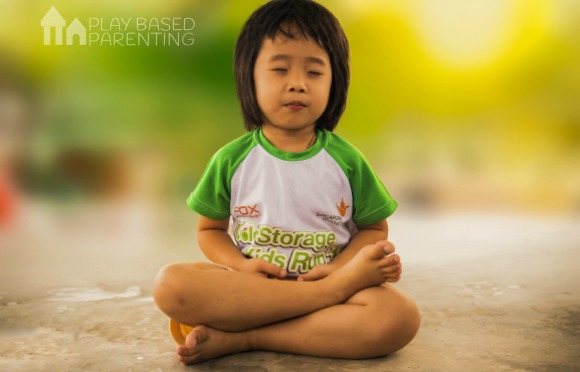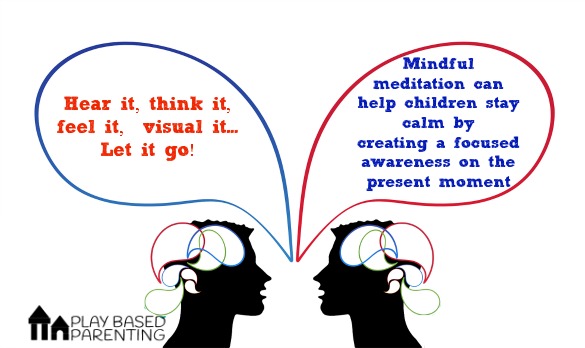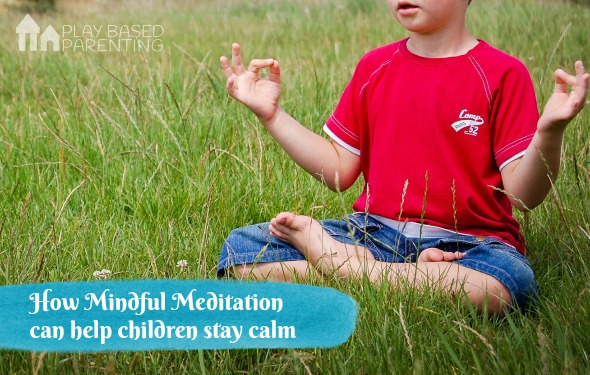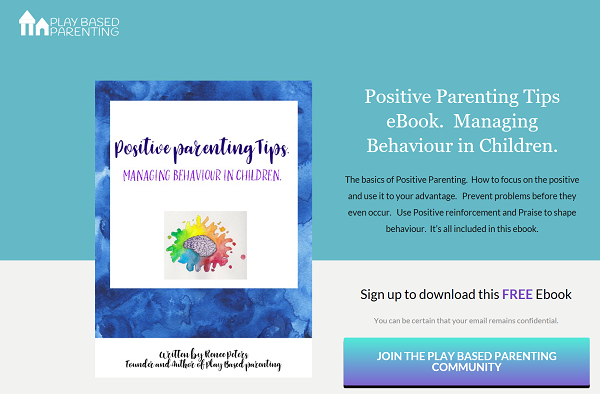Mindful Meditation can help children stay calm and in control, becoming a beneficial daily ritual that will help overcome strong emotions. Through this ritual children learn to be aware of their reactions and their thoughts, which in turn will help them become more intentional in their responses.
How Mindful Meditation can help children stay calm
The basic premises that mindful meditation can help children stay calm, is that children will benefit from stress relief while calming the mind and releasing physical tension. Mindful meditation can help boost awareness and control of children’s extreme emotions and impulsivity. Mindful meditation can help children stay calm by creating a focused awareness on the present moment. Similar to yoga and meditation, focused awareness generally helps children acknowledge the here and the now, take in the present moment and then let it pass without judgement.

The practice of mindful meditation:
Set a time. In contrast to what you may believe, you don’t need a special space or pillow to sit on. It is beneficial to have a set time, like a ritual, but don’t worry where you do it because your child will gain greater control if they practice mindfulness in varying environments. A great time to start is in the morning when their mind is fresh. Set aside about 10-15 minutes where you can be present with your child and guide them through the meditation.
Mindful Meditation. Sit together facing each other and close you eyes. Tell your child your going to say a word or phase and they need to hear it, think of what it means to them, feel what it creates inside them, visualise it in their mind, then they need to stop. The word has gone so they need to forget it and let it go. Once it is gone they need to bring their thoughts back to the present moment. It is a little tricky to just “let it go” so you may need to help bring them back to the moment by giving them a verbal cue. Like “Ok, were sitting together, just listen carefully to any sounds around us and wait for the next word”
Keywords to evoke brief thought. When you want them to focus on a word you have to make a parental choice depending on the age and development of your child and what they are experiencing in their life. It could be simple like “a lazy cat” or it could be challenging like “your sister kicks the ball over the fence”

Observe the moment. The aim of mindfulness is not to silence their thoughts. The goal is simply to pay attention to the present moment, without getting wrapped up in it. For that reason, it is best to give them 10 seconds or so before giving them a cue to bring them back to the present moment. A verbal cue can return them to the present moment, get them to breathe in/out, focus them on the sounds around them, get them to pay attention to the way they are sitting or to listen to your voice, you can even hold their hands and ask if they are warm or cold. The goal is to be calm with closed eyes and focus your mind, on the other concept briefly and then return it to the present moment.
Return to the present moment. Our minds often get carried away in thoughts and follow along in a story that can promote extreme emotions that weren’t initially there; anger, anxiety, depression. All those – what if… I could of… She should have… Imagine if… That’s why, once they get the hang of it, mindful meditation can help children stay calm. It is the practice of letting go and returning to the present moment, again and again.
Reflect. After your 10-15 minutes reflect on how they went. Ask if they were able to focus on the present moment and let the words you said go. You might have the opportunity to discuss ways they can use mindful meditation to stay calm in other situations, like social and school settings or during times of stress or conflict.
You might also like.
I would love for you to Join me





Leave a Comment